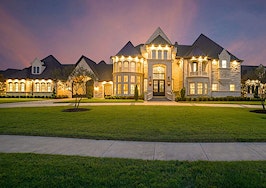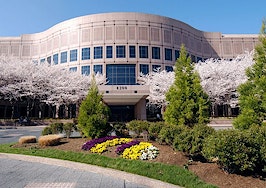While prospective homeowners are likely salivating at the plummeting mortgage rates — which continue to climb to new historic lows weekly — there is one reason that the 30-year fixed-rate mortgage falling under 3 percent could hurt the housing market: with mortgage rates so tantalizingly low, many existing homeowners are opting to refinance and stay put, Mark Fleming, the chief economist at First American said in an appearance on Yahoo Finance.
“I never thought I’d be able to say that a 30-year fixed-rate mortgage would be less than 3 percent but now we have it,” Fleming said. “That is in large part because of the economic situation that we’re in and the Fed’s monetary stimulus and treasury yields — particularly on the 10-year being low — so that’s what’s bringing the mortgage rate down to those levels.”
There are both positives and negatives to the rate being so low. For the median income household, every 10th of a point in the reduction of the 30-year fixed-rate mortgage equals roughly $5,000 more of buying power, according to Fleming.
“That means that you can go out and bid for that next house that you’re trying to bid against many other people for,” Fleming said.
Conversely, roughly 80 percent of the homes brought to the market are brought on by existing homeowners. And many of those existing homeowners are refinancing at that low rate and staying put.
“Why move when you can lock in at less than 3 percent in a time like this?” Fleming asked.
That imbalance between supply and demand due to existing homeowners refinancing is going to lead to further price appreciation throughout the summer, according to Fleming.
“We think house prices will continue to accelerate through the summer because a lot of the home purchasers in March, April and May, they didn’t go away like the haircuts and beers at the bar, they were pent up,” Fleming said. “And we see that pent up demand now showing up in the summer so house prices will accelerate.”
Mortgage rates will continue to stay low — or even descend further — at least through the end of the year and likely a lot of next year, Fleming added. The U.S. Federal Reserve has telegraphed that they’re unlikely to raise baseline rates, Fleming said, and recent trends with COVID-19 indicate that the country is not out of the woods.
Fleming believes we could see rates go below 2.9 percent or 2.8 percent for a 30-year fixed-rate mortgage, but the floor is 2.5 percent due to costs built into the mortgage.














